Coefficient Of Restitution
What is the Coefficient of Restitution?
The coefficient of restitution (COR) quantifies the ratio of kinetic energy retained by objects after an impact compared with that prior to the collision. It is a value between 0 and 1, whereby:
- A COR of 1 indicates a perfectly elastic collision, with no loss of kinetic energy.
- A COR of 0 indicates a completely inelastic collision, whereby the objects adhere and the maximum amount of kinetic energy is dissipated.
Understanding the COR is essential for analysing and predicting the behaviour of objects during impacts.
Factors Affecting the Coefficient of Restitution
Several factors influence the coefficient of restitution, including:
Material Properties
Different materials exhibit varied levels of elasticity. For example, rubber typically shows a higher COR than steel, which means rubber rebounds more effectively after an impact.
Surface Texture
The condition of the colliding surfaces can influence the COR. Smoother surfaces generally result in higher restitution values, given that less energy is lost to friction.
Impact Velocity
The speed at which objects collide may affect the COR. At increased velocities, materials may behave differently, thereby altering the restitution value.
Temperature
Fluctuations in temperature can affect the elasticity of materials. For instance, lower temperatures can render materials stiffer, thereby influencing their rebound behaviour.
Applications of the Coefficient of Restitution
The COR is applied in various fields to design and analyse systems in which collisions occur:
Design of Sports Equipment
In sports such as basketball or tennis, understanding the COR assists in designing balls and surfaces to meet specified performance criteria.
Automotive Safety
Engineers use the COR to design vehicle crumple zones. This approach aids in distributing impact energy during collisions.
Robotics and Automation
Robotic systems that interact with objects depend on accurate COR values to predict post-impact motions and manage subsequent movements.
Typical Values of the Coefficient of Restitution
|
Material Pair |
Coefficient of Restitution (COR) |
|
Steel-Steel |
0.60 |
|
Rubber-Rubber |
0.90 |
|
Steel-Wood |
0.50 |
|
Rubber-Wood |
0.80 |
|
Tennis Ball-Racquet |
0.70 |
This table provides typical COR values for common material pairs and illustrates how different combinations influence the retention of kinetic energy during collisions.
Frequently Asked Questions
What does a higher coefficient of restitution indicate?
A higher COR indicates a more elastic collision, which implies that less kinetic energy is lost during the impact.
Can the coefficient of restitution exceed 1?
No, the COR is defined to be between 0 and 1. Values exceeding 1 would imply an increase in kinetic energy following an impact, which is not physically feasible.
How is the coefficient of restitution measured?
The COR is measured by comparing the relative velocities of two objects before and after an impact.
Does the coefficient of restitution change after repeated collisions?
Yes, repeated impacts can alter the COR due to factors such as material fatigue and surface wear.
Is the coefficient of restitution constant across all types of collisions?
No, the COR varies depending on the materials involved, the nature of the collision, and external factors such as temperature and surface texture.

 Bars
Bars
 Beads & Spheres
Beads & Spheres
 Bolts & Nuts
Bolts & Nuts
 Crucibles
Crucibles
 Discs
Discs
 Fibers & Fabrics
Fibers & Fabrics
 Films
Films
 Flake
Flake
 Foams
Foams
 Foil
Foil
 Granules
Granules
 Honeycombs
Honeycombs
 Ink
Ink
 Laminate
Laminate
 Lumps
Lumps
 Meshes
Meshes
 Metallised Film
Metallised Film
 Plate
Plate
 Powders
Powders
 Rod
Rod
 Sheets
Sheets
 Single Crystals
Single Crystals
 Sputtering Target
Sputtering Target
 Tubes
Tubes
 Washer
Washer
 Wires
Wires
 Converters & Calculators
Converters & Calculators
 Write for Us
Write for Us
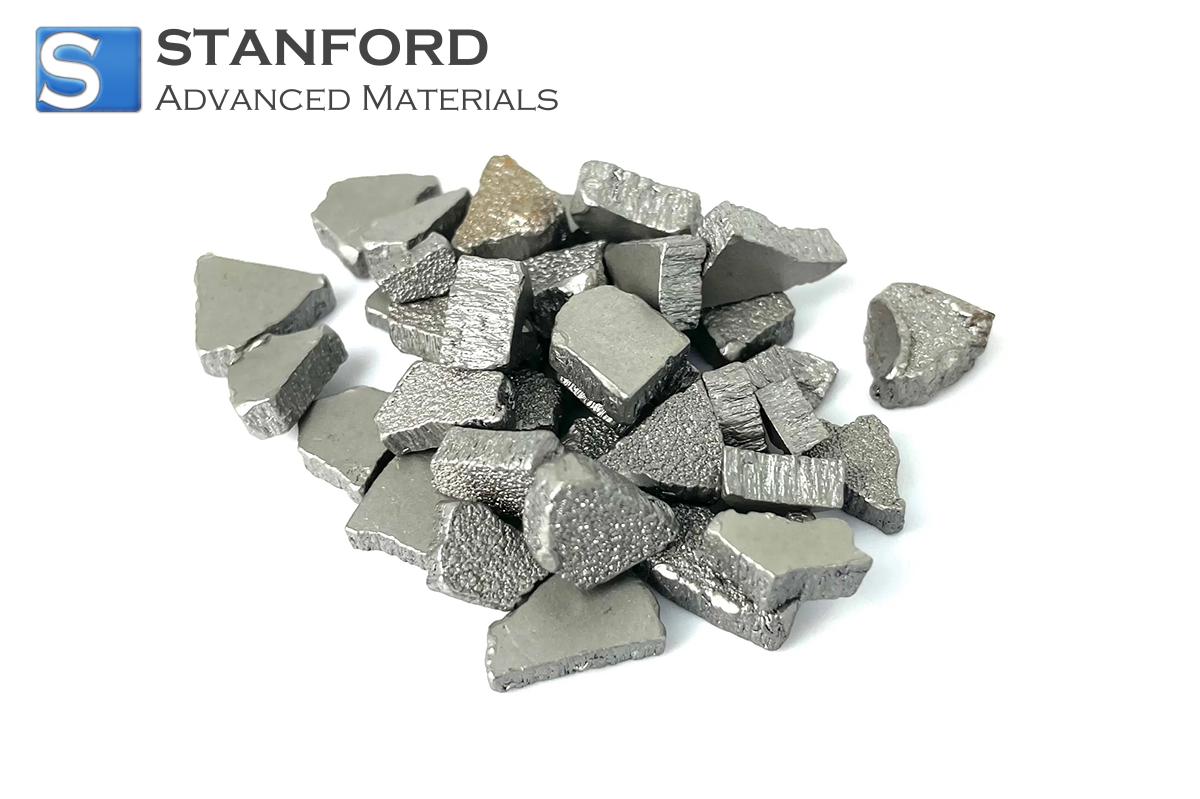
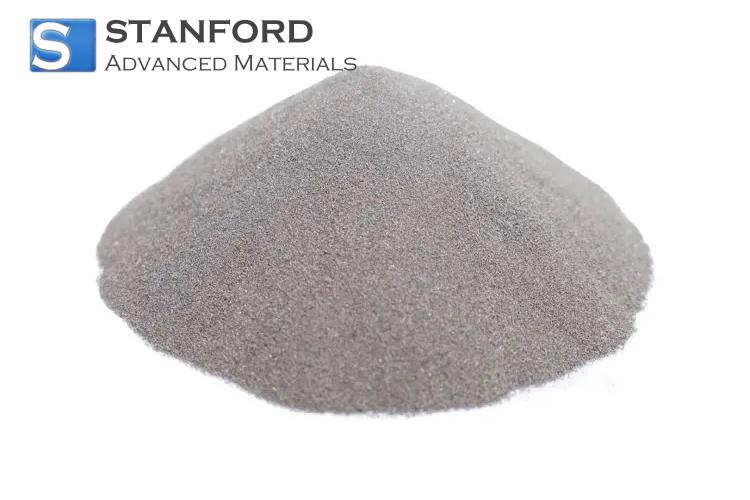
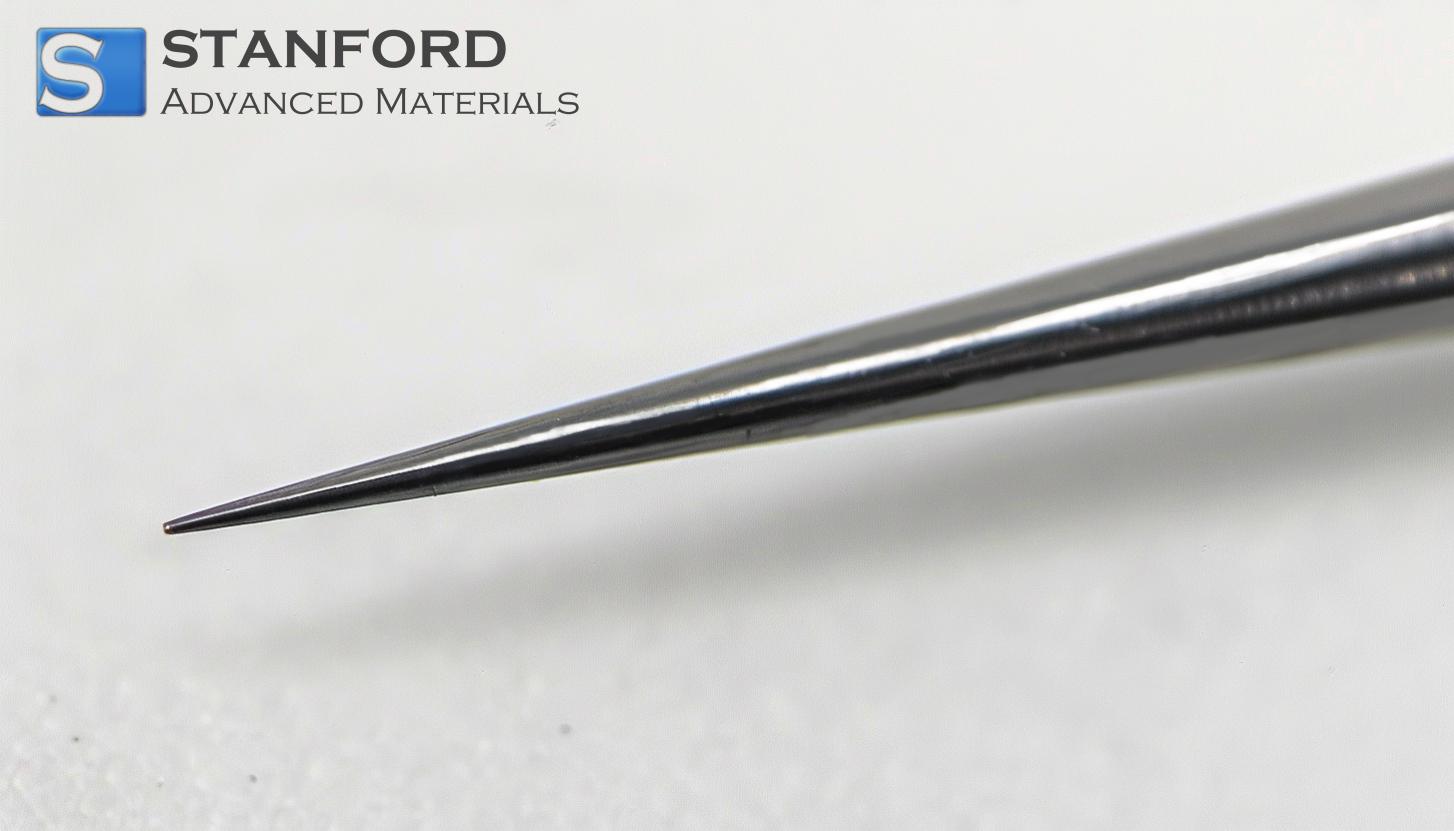
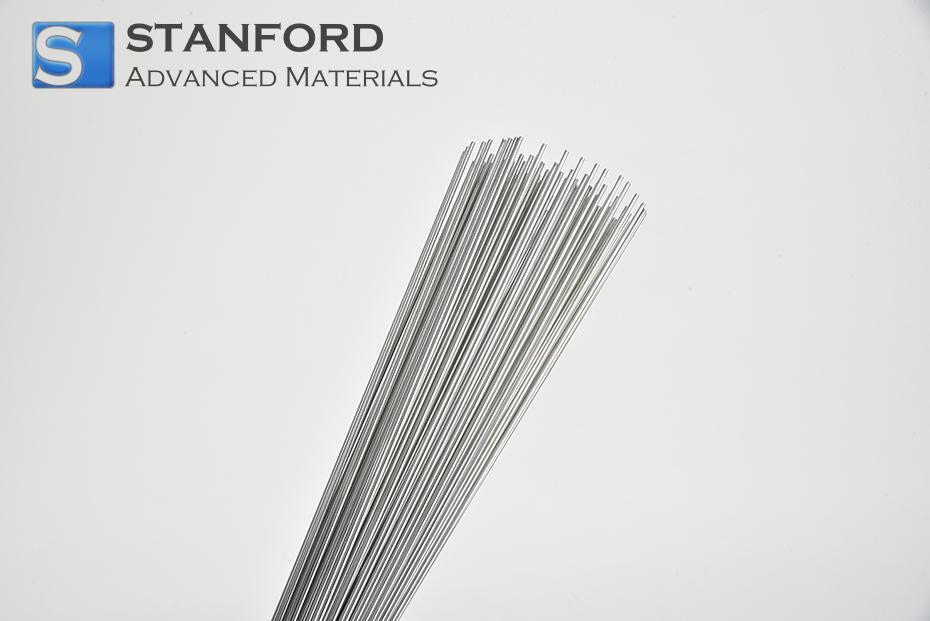
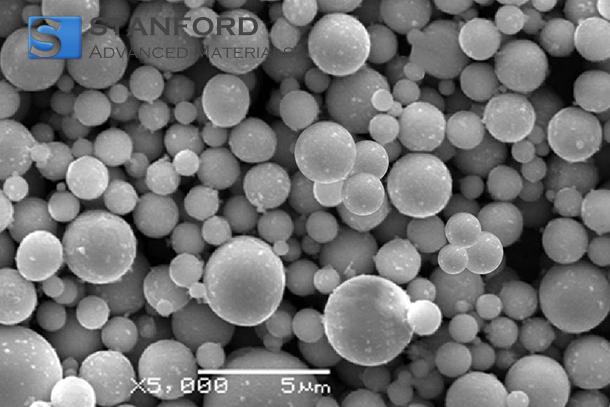
 Chin Trento
Chin Trento



